Correct and skillful military strategic direction, paying attention to both "surface" and "point"
By the end of 1953, the French war in Indochina had lasted for 8 years but was increasingly passive on all battlefields. Our army had grown stronger and stronger with a main force of 6 infantry divisions (308, 304, 312, 316, 320, 325) and 1 artillery division (351), liberating and controlling many areas in Viet Bac (Cao-Bac-Lang), the Northern Delta, Inter-zone 5 and the Central Highlands.
 |
President Ho Chi Minh , General Vo Nguyen Giap and other Party and State leaders discussed plans to launch the Dien Bien Phu Campaign. Photo: Archive |
On May 7, 1953, the French Government assigned Lieutenant General Henri Eugène Navarre to replace General Raoul Albin Louis Salan as Commander-in-Chief of the French Expeditionary Force in Indochina. The new Commander-in-Chief developed the “Navarre Plan”, a military strategy to turn the situation of the Indochina battlefield around.
The Navarre Plan was divided into two phases: Winter-Spring 1953-1954, focusing on building a strong strategic mobile block of 44 battalions, including a paratrooper division; organizing strategic defense in Bac Ky; carrying out strategic attacks in Trung Ky; organizing puppet troops into 168 battalions (300,000 troops). Fall-Winter 1954, organizing defense with strong strongholds; concentrating mobile forces on the Bac Bo battlefield to carry out strategic attacks to destroy the Viet Minh Army, ending the war.
By January 1954, the US had provided the French army with 360 planes, 1,400 tanks and armored vehicles, 16,000 military vehicles of various types, 175,000 machine guns and rifles, with a total value of 1.1 billion USD, accounting for 78% of France's war costs in Indochina.
After the Autumn-Winter Border Campaign of 1950, our liberated zone was connected with the People's Republic of China. In early 1954, the French intelligence agency gathered information that Red China had, was, and might provide Viet Minh with a large amount of weapons, ammunition, means of transport, etc. and predicted that Viet Minh might use the "human sea tactic". Therefore, HE Navarre was even more determined to build a strong stronghold group as a "trap" to lure Viet Minh troops to come and destroy them.
The Party Central Committee and the General Military Commission assessed: "The enemy concentrates mobile troops to create strength, we force them to disperse their forces and that strength will no longer exist", from there directing the implementation of the 1953-1954 Winter-Spring Strategic Plan. We successfully carried out offensive campaigns across the Indochina battlefield, destroying an important part of the enemy's forces, liberating many areas, forcing the enemy to disperse its strategic mobile forces to cope. The enemy's battle formation was broken.
Analyzing the situation, the Party Central Committee Standing Committee and the General Military Commission assessed: Dien Bien Phu was a very strong military stronghold, the enemy force at its peak reached 16,200 officers and soldiers; the system of battlefields and fortifications was very solid... but located in the middle of the mountains and forests, if the road was cut off and the air route was controlled, it would be difficult to hold out for a long time; the enemy's mobile forces were dispersed across all Indochina battlefields.
On our side, the task of ensuring weapons, ammunition, and logistics for large main force units in a long campaign far from the rear will be very difficult and arduous... But we have basic advantages: The troops have high fighting spirit, have accumulated a lot of experience in siege warfare in the 1953-1954 campaigns, and have been trained in combined arms warfare; we can mobilize human and material resources from large liberated areas in the plains, midlands of the North, and North Central; people's war has developed widely throughout the Northwest; the position and strength of the resistance war has been and is developing steadily.
From then on, the Party Central Committee and the General Military Commission made a decision: Concentrate the majority of the elite main force to attack and destroy the enemy in the stronghold group, creating a fundamental change in the situation of the war. This was a very bold decision in strategic combat command, shifting from the motto of "avoiding strong points, attacking weak points" to the motto of "attacking directly at the enemy's strong points but with many loopholes to gain a decisive victory".
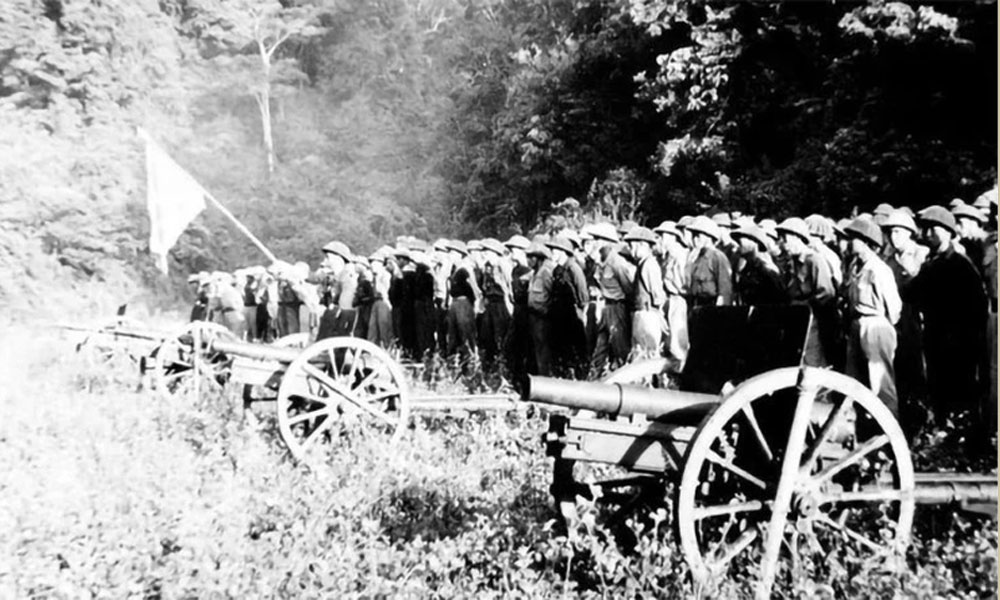 |
Army units participating in the Border Campaign held a departure ceremony and urgently marched to the front. Photo: Archive |
Develop flexible, creative, and practical combat art
For the first time, we concentrated a force of 4/6 infantry divisions, including 15 regiments (9 infantry regiments), with a total of 61,800 officers and soldiers. We mobilized more than 261,000 laborers to transport ammunition, food, and transport wounded and dead soldiers.
On January 26, 1954, the Party Committee - Front Command, headed by General Vo Nguyen Giap, Party Committee Secretary and Front Commander, decided to change the campaign's combat motto from "fight fast, solve quickly" to "fight firmly, advance firmly". The troops that had pulled artillery into the positions surrounding Muong Thanh valley pulled out again, continuing to keep it secret and waiting for new orders.
Organized a siege formation, combined attacks and sieges of each cluster of strongholds, and divided the enemy's 49 strongholds. Our troops built a system of trenches and battlefields hundreds of kilometers long, forming a belt that gradually divided each enemy sub-region and cluster of strongholds, blocked roads, controlled air routes, and destroyed each enemy stronghold and cluster of strongholds.
Organize joint operations, concentrate troops and firepower to fight each battle or several consecutive battles, destroy each part of the force in each outlying stronghold and cluster of strongholds, first of all the high points in the North and East, gradually advance to destroy the central sub-sector and the Command Center of the stronghold group.
Flexibly combine frontal attacks with flanking and deep thrusts; combine large-scale attacks with sieges and sniping, bring anti-aircraft artillery close to Muong Thanh airport to control airspace, cut off enemy supplies and reinforcements, creating favorable conditions for a general attack to destroy all enemy troops.
Develop combat tactics to a high level
The siege warfare tactics in the Dien Bien Phu Campaign were developed to the scale of the regiment, with combined arms following the regular method, using large artillery for the first time, practicing preparatory firing, directly supporting and suppressing enemy artillery positions, creating conditions for infantry to charge and capture the stronghold. For the first time, anti-aircraft artillery was used in coordination with infantry.
Flexibly switch from offensive to defensive positions. Units have thoroughly exploited the terrain, renovated the enemy's old positions to build defensive positions; organized small forces, large firepower, few forces holding the center but many mobile reserve forces outside.
Create a new tactical form of "surround, encroach, attack, destroy", build a battlefield to approach the enemy combined with sniping, use small squads to regularly attack, destroy each gun emplacement, destroy each bunker, besiege the enemy, effectively destroy many enemies, with few casualties.
The victory of the Dien Bien Phu Campaign showed that Vietnamese military art had reached its peak in specific circumstances.
Source: https://baobacgiang.vn/chien-thang-dien-bien-phu-dinh-cao-cua-nghe-thuat-quan-su-viet-nam-postid417627.bbg



![[Photo] Prime Minister Pham Minh Chinh attends the event "Digital transformation of the banking industry by 2025"](https://vphoto.vietnam.vn/thumb/1200x675/vietnam/resource/IMAGE/2025/5/29/0e34cc7261d74e26b7f87cadff763eae)

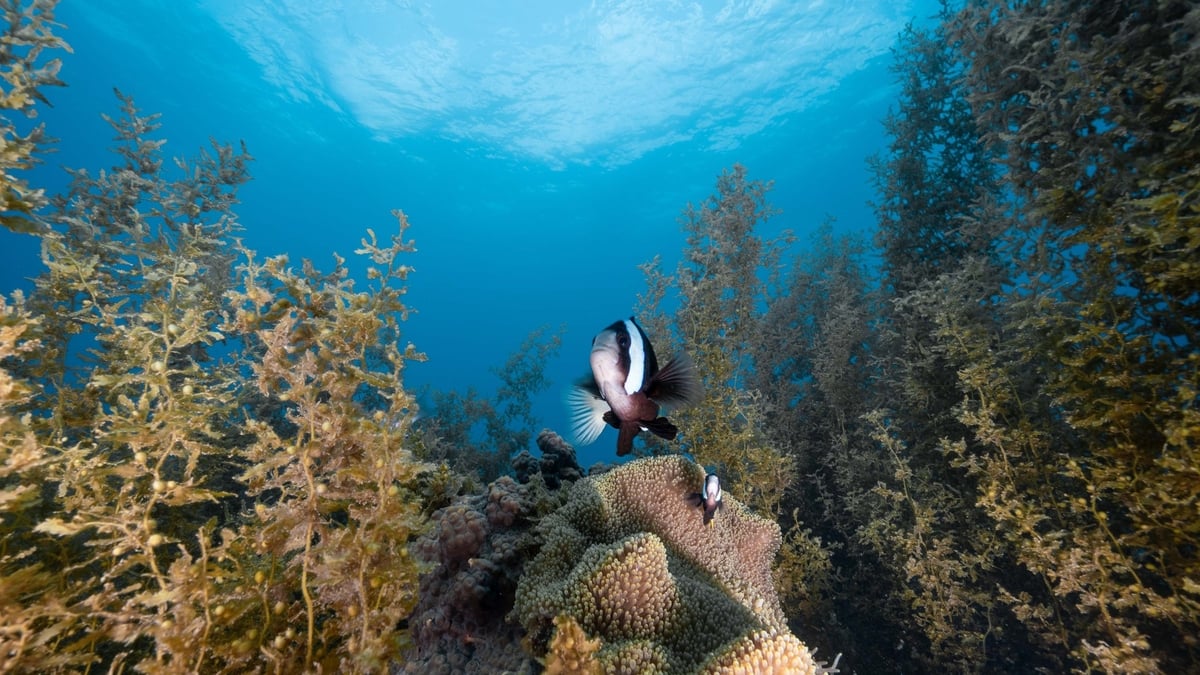
![[Photo] Prime Minister Pham Minh Chinh receives leaders of Excelerate Energy Group](https://vphoto.vietnam.vn/thumb/1200x675/vietnam/resource/IMAGE/2025/5/29/c1fbe073230443d0a5aae0bc264d07fe)

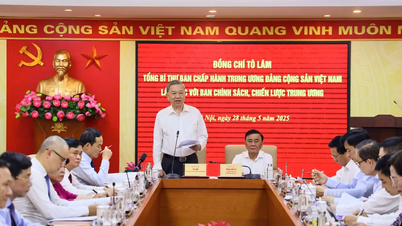

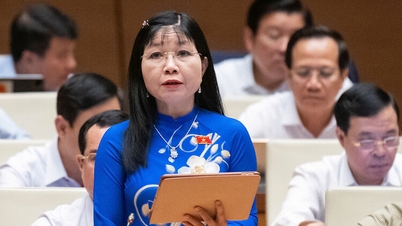

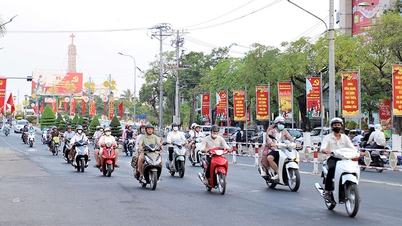







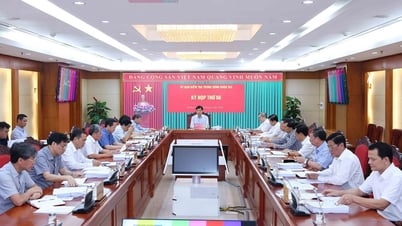
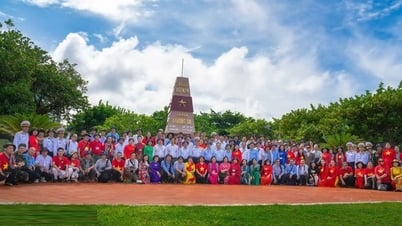

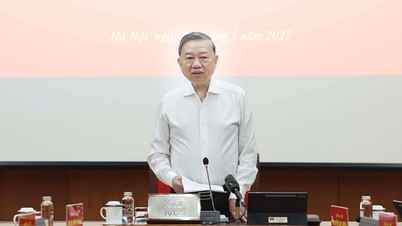
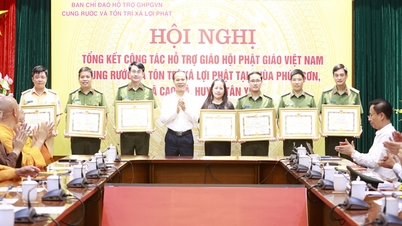
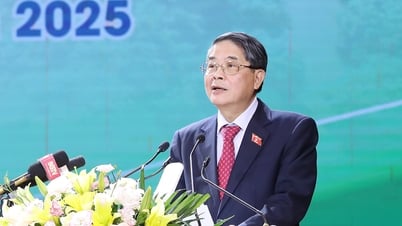
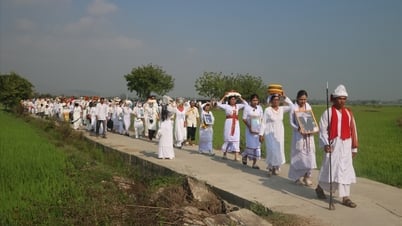











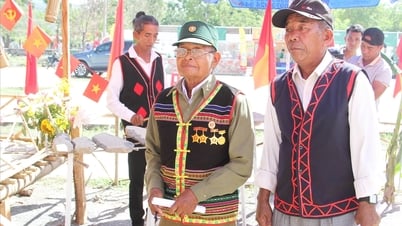









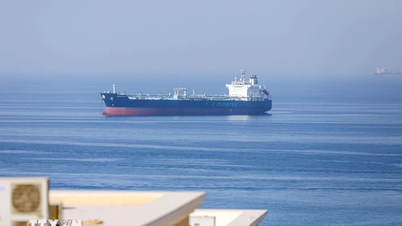




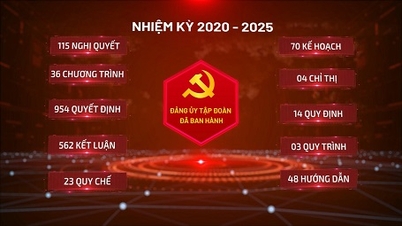


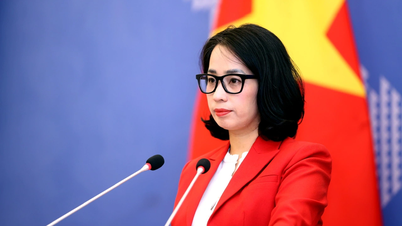


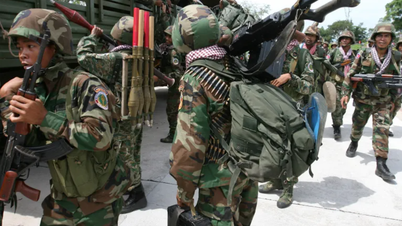




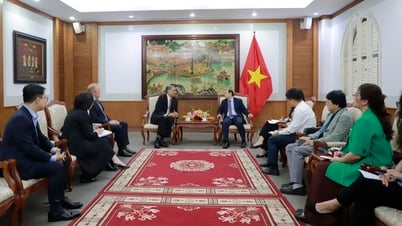
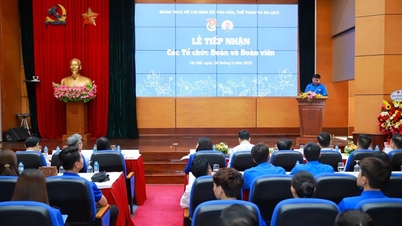
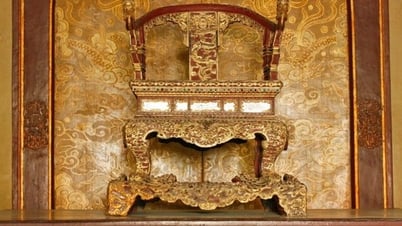
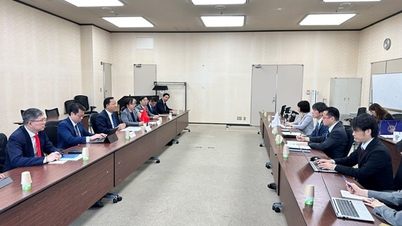

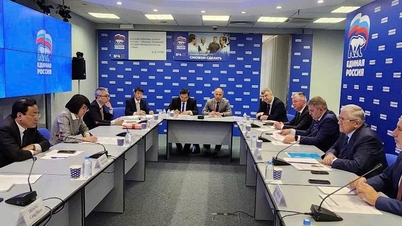

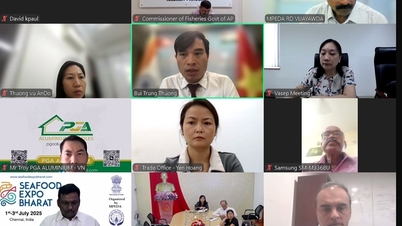

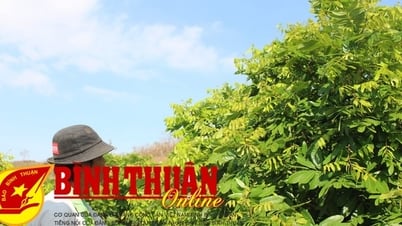

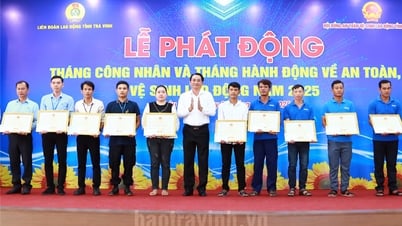


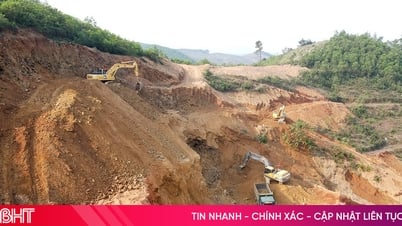
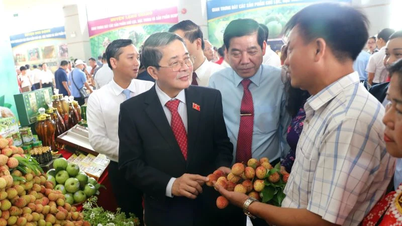







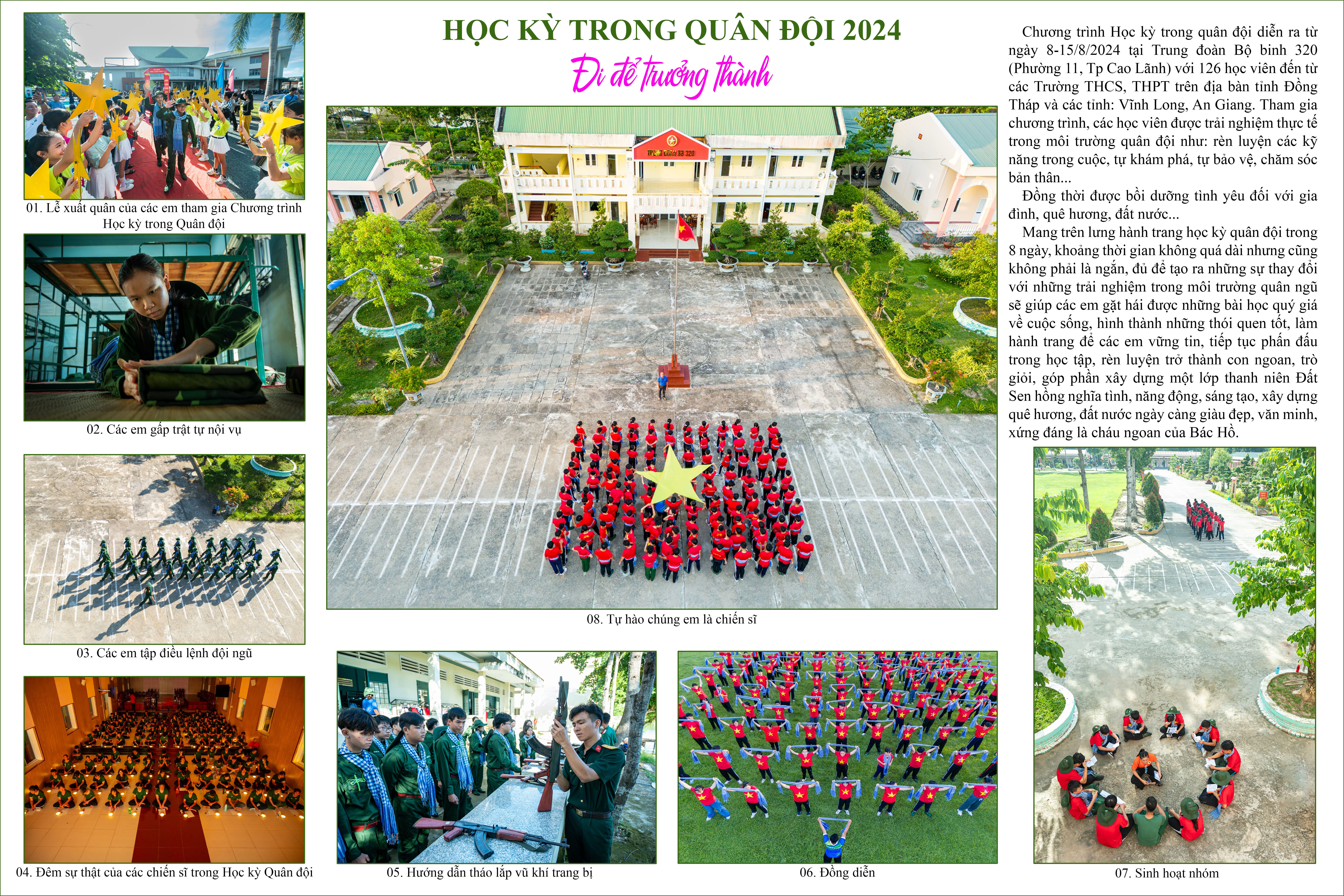
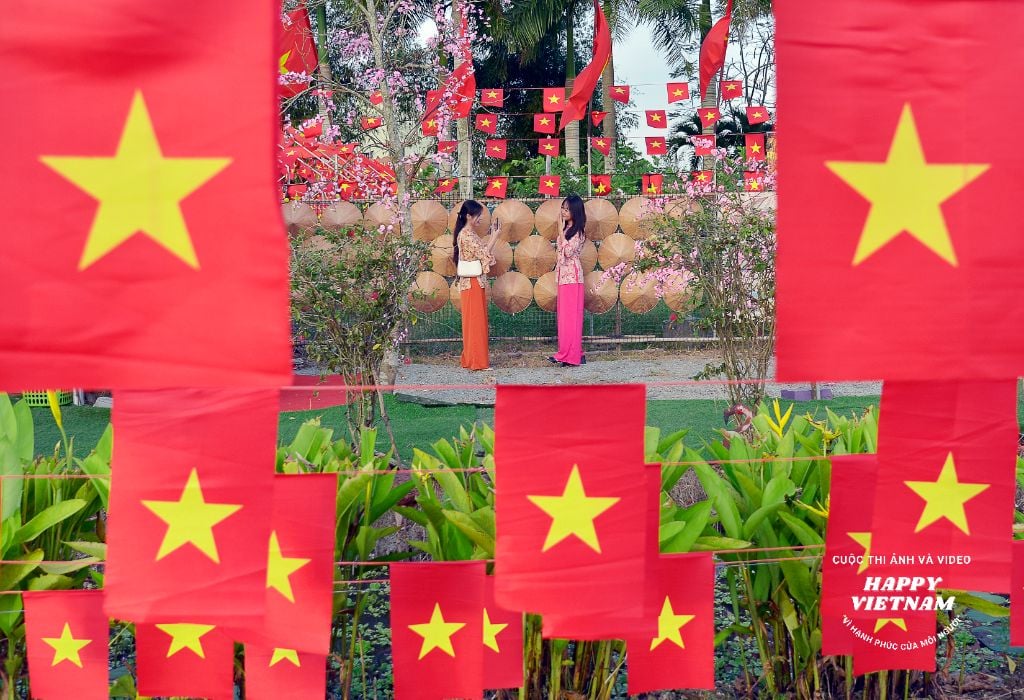

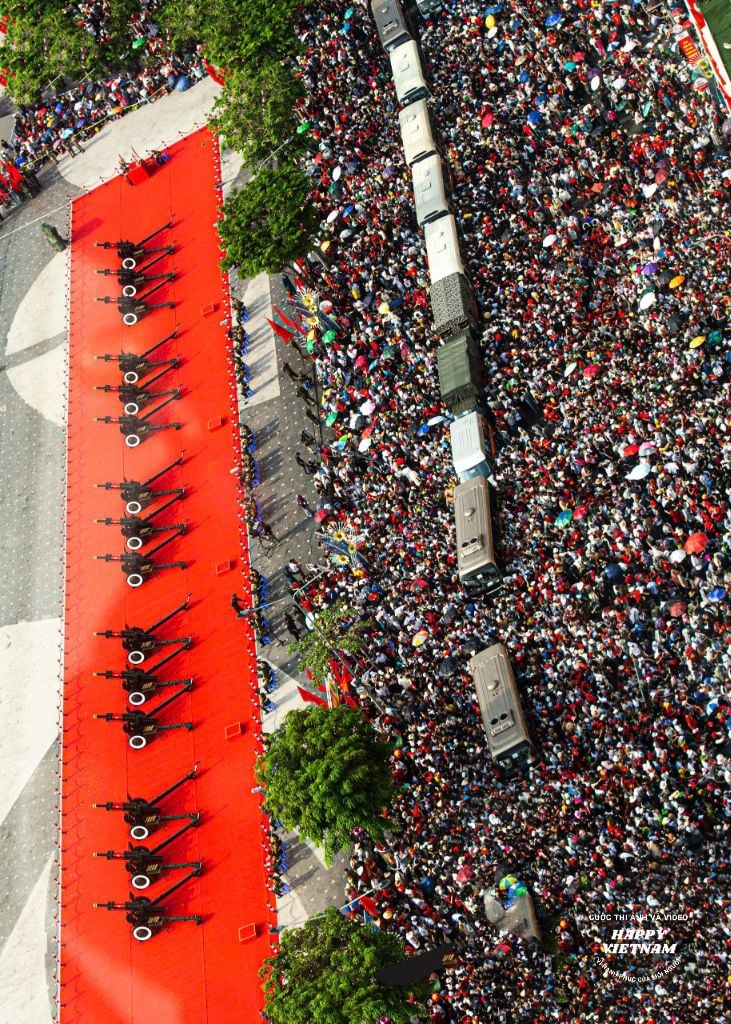
Comment (0)